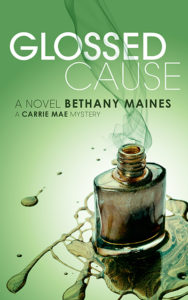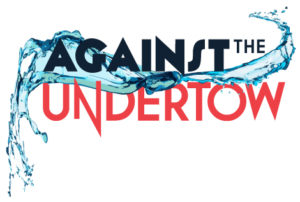The Bag of Tricks
Originally posted at the Stiletto Gang on 4/27/16
On my last blog I discussed how I keep the fictional worlds of my books organized (answer: spreadsheets and lists!), but recently I gave a talk on writing to a local high-school and they wanted to know the more nitty-gritty details. Since they are at the start of their writer journey they have yet to discover that many of the struggles of writing are shared by all writers. What’s that? You have two great scenes, but you’re not sure how to connect them? You have half a novel written, but you don’t know who the bad guy is yet? You really need the hot guy to land in the heroine’s life, but you don’t know how he gets there? These are all questions with many possible answers, and like common core math, many possible ways of getting to the answer.
I thought Kimberly Jayne’s recent post about Mindful Daydreaming was a great way to answer many writing questions. And yesterday’s post from Sally Berneathy’s post about “pantsing” vs. plotting a novel showed how she dives and discovers her book as she goes along. I have discovered that being a plotter is usually a faster more efficient way for me to write. When I have all the answers before I start writing, I can write even when I’m not feeling very creative or if I only have five minutes. But recently, I found myself stuck on the outline. I stared. I hammered. I picked. I ignored it. Nothing happened. And at some point I decided to start writing because you know what happens when you don’t write? Nothing. So I wrote all the way to where I had outlined and I was just as stuck as I was on the outline. I was back to being a high-schooler – how do I connect those two scenes? How do I get the hero from point A to point B? Dear God, what happens nexxxxxxxt????
Which is when I decided to take my own advice. I grabbed a notebook and a pen.
Changing the medium can sometimes change my perspective. I wrote a synopsis of the story from the villain’s point of view. I wrote a synopsis from the love interests view point. I drew little diagrams about how the storylines connect. I wrote a few paragraphs about the villain’s history and motivation, really diving into what he thinks about the events of the story. It’s an old saying that each of us is the hero in our own story, and that goes for villains too (see the great post from Jennae Phillippe about A Villain’s Voice). How does a villain think that his actions are justified? As I answered that question, I discovered more and more about how my story moved forward. Which is when I put down the pen and typed up my scrawling notes.
Organizing a novel isn’t just about filing systems; it’s about herding all your characters and ideas into a coherent plot and making sure that everyone gets to the end (or the right end if they happen to be the designated dead body) in a satisfying manner. But sometimes a writer needs to reach into her bag of tricks and try more than one technique to get the job done. As I told my room full of high-schoolers, when in doubt… try, try something else.

 This past week has been consumed by edits for the second book in my
This past week has been consumed by edits for the second book in my 
 I recently read a review on Goodreads of my book
I recently read a review on Goodreads of my book  Recently, I was going over the edits from a beta reader on my forthcoming mystery novel – Against the Undertow (sequel to
Recently, I was going over the edits from a beta reader on my forthcoming mystery novel – Against the Undertow (sequel to